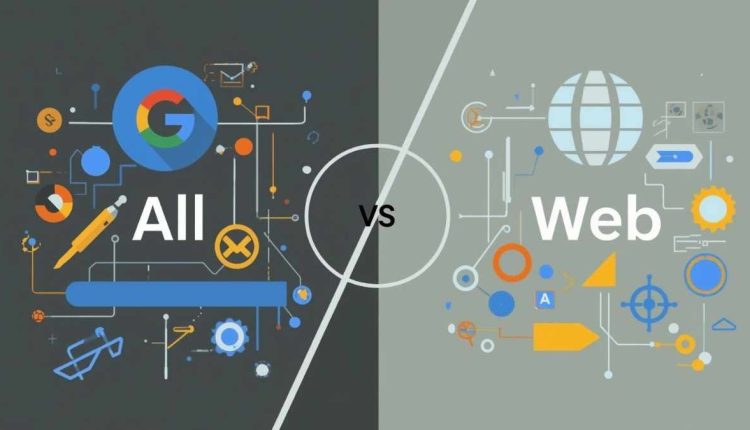The primary difference is that the “All” tab provides a comprehensive blend of results from all of Google’s various properties (websites, images, videos, news, maps, etc.), while the “Web” tab specifically filters results to display only traditional text-based links to web pages.
Google “All” Tab
The “All” tab (which replaced the former “Web” tab as the default view) is designed to provide the most relevant information possible by incorporating diverse sources into a single, integrated results page.
Content Mix: It displays a “universal search” experience, potentially including rich snippets and content blocks such as images, videos from YouTube, local business information from Maps, and news articles, alongside standard website links.
User Experience: The goal is to provide a comprehensive answer to a query without necessarily requiring the user to navigate to other specific search tabs (like the “Images” or “News” tabs).
Personalization: Results in the “All” tab are highly personalized based on user location, search history, and settings to provide the most helpful and relevant information.
Google “Web” Tab
The “Web” tab functions as a filter for users who want to see only traditional, organic, text-based links, free from the integration of content from other Google services.
Content Type: It strictly limits the results to display only text links to websites, avoiding visual elements like large image carousels or video snippets.
Focus: This tab is useful for users who prefer to browse a list of web pages and manually decide which sites to visit, rather than having Google curate a mixed-media results page.
In short, the “All” tab is Google’s default, all-encompassing view, while the “Web” tab is a specific filter for users who want a simpler, text-link-focused search experience.

